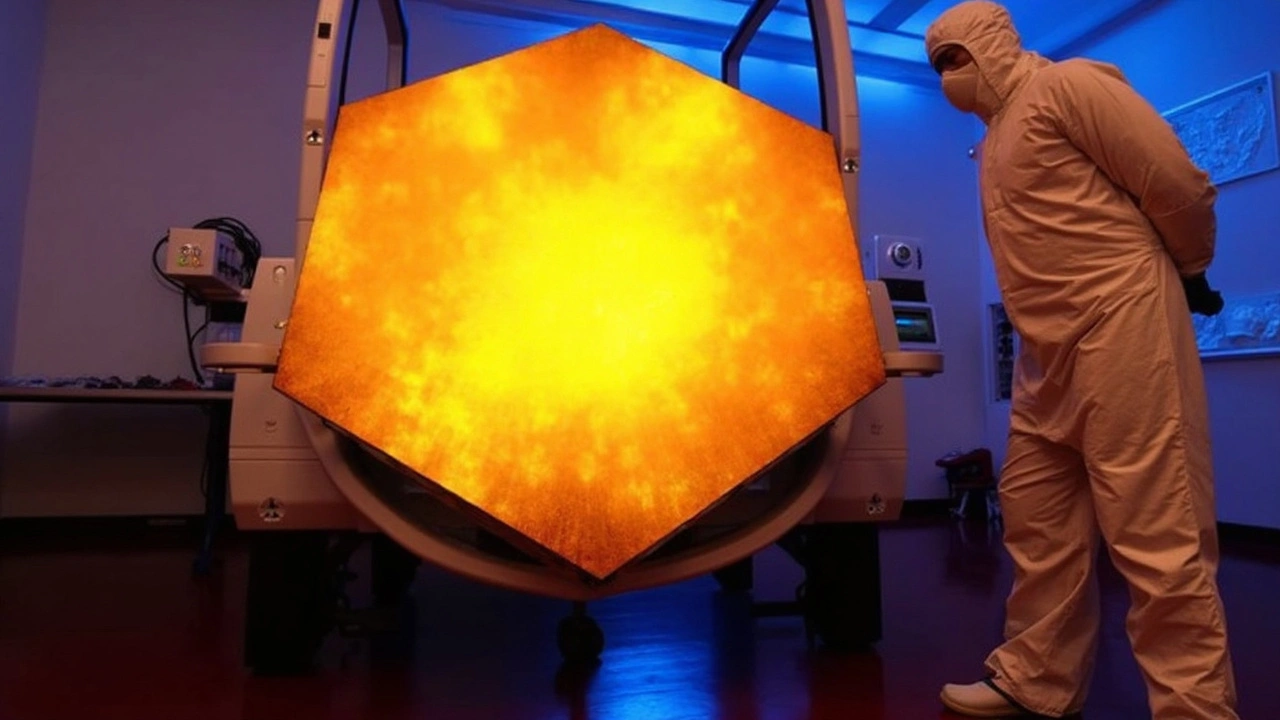The discovery that we might not be alone in the universe has taken an exciting turn, thanks to NASA’s James Webb Space Telescope (JWST). Scientists have their eyes glued on an exoplanet called K2-18 b, which is a staggering 124 light-years away. What's caught their attention? Well, the JWST has spotted some key ingredients in its atmosphere—methane and carbon dioxide.
Now, why is this a big deal? These gases suggest that K2-18 b could be a “hycean” planet. Never heard of that? It’s a type of planet with a thick hydrogen atmosphere and potentially a vast ocean beneath. Imagine a world with a warm, liquid water ocean—that's the kind of place where life could potentially brew.
Challenges and the Search for Biosignatures
Among these findings, one spark of excitement was the potential detection of dimethyl sulfide (DMS). This compound is produced by marine phytoplankton on Earth. However, before we pop the champagne, researchers from the University of California, Riverside urge some caution. They’ve found that the signs of DMS might just be playing tricks on us, mixing in with the signals from methane due to the limits of the tools used.
So, no confirmation on DMS yet. But all's not lost! The JWST has more tricks up its sleeve. It’s currently gearing up for more observations using its Mid-Infrared Instrument (MIRI) to get a clearer picture. If they can sort out these spectral overlaps, we might just get closer to confirming what’s really brewing in K2-18 b’s skies.

Challenges of a Sub-Neptune World
Getting to the nitty-gritty of K2-18 b, it’s quite the enigma. We’re talking about a planet that's 8.6 times as massive as Earth with a radius 2.6 times larger. This sub-Neptune world doesn’t resemble our rocky backyard planets at all. Its massive size means high pressures and potentially scorching temperatures beneath its gaseous blanket.
Nonetheless, there's an upside. Its hydrogen-rich atmosphere might serve as a super shield from the radiation pouring out of its red dwarf star. That's pretty handy for any life forms since red dwarfs are notorious for flaring radiation. To spot life, scientists are considering other biosignatures, like methyl halides, which could be produced by tiny microbes that thrive without oxygen.
If K2-18 b is any clue, hycean worlds might not be rare unicorns in the galaxy. They could make up a decent chunk of habitable planets, especially around red dwarfs. The JWST’s ability to scrutinize the atmosphere during planet-starlight transits has shed light on these possibilities. Yet, the question remains—is there a balmy ocean hidden beneath or is it just too hot for anything to survive?
Future JWST missions are set to dive deeper and untangle these mysteries, refining our concepts of hycean worlds. Stay tuned as we edge closer to answering the age-old question: “Are we alone in the universe?”
